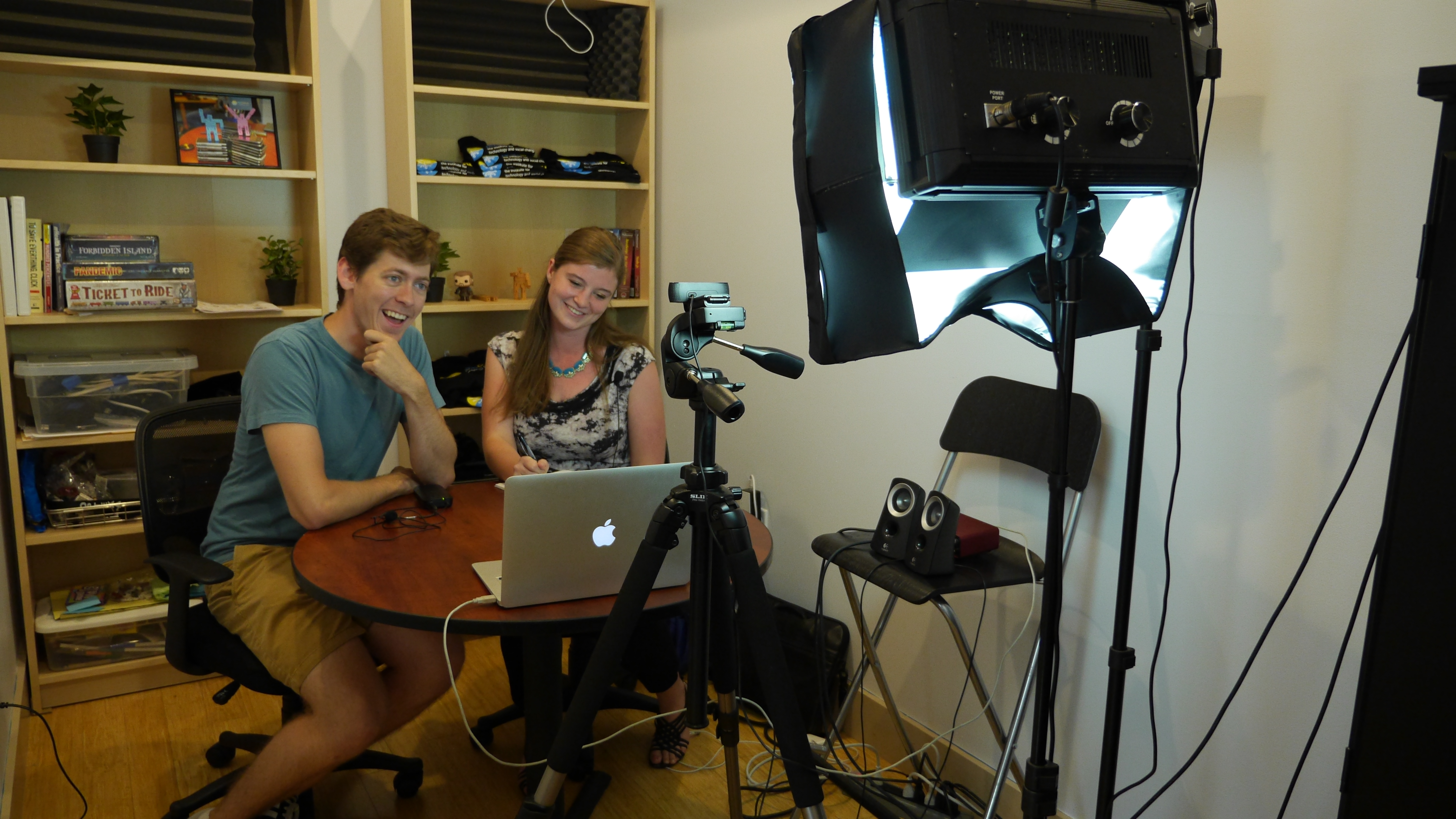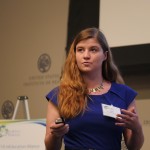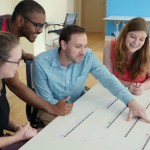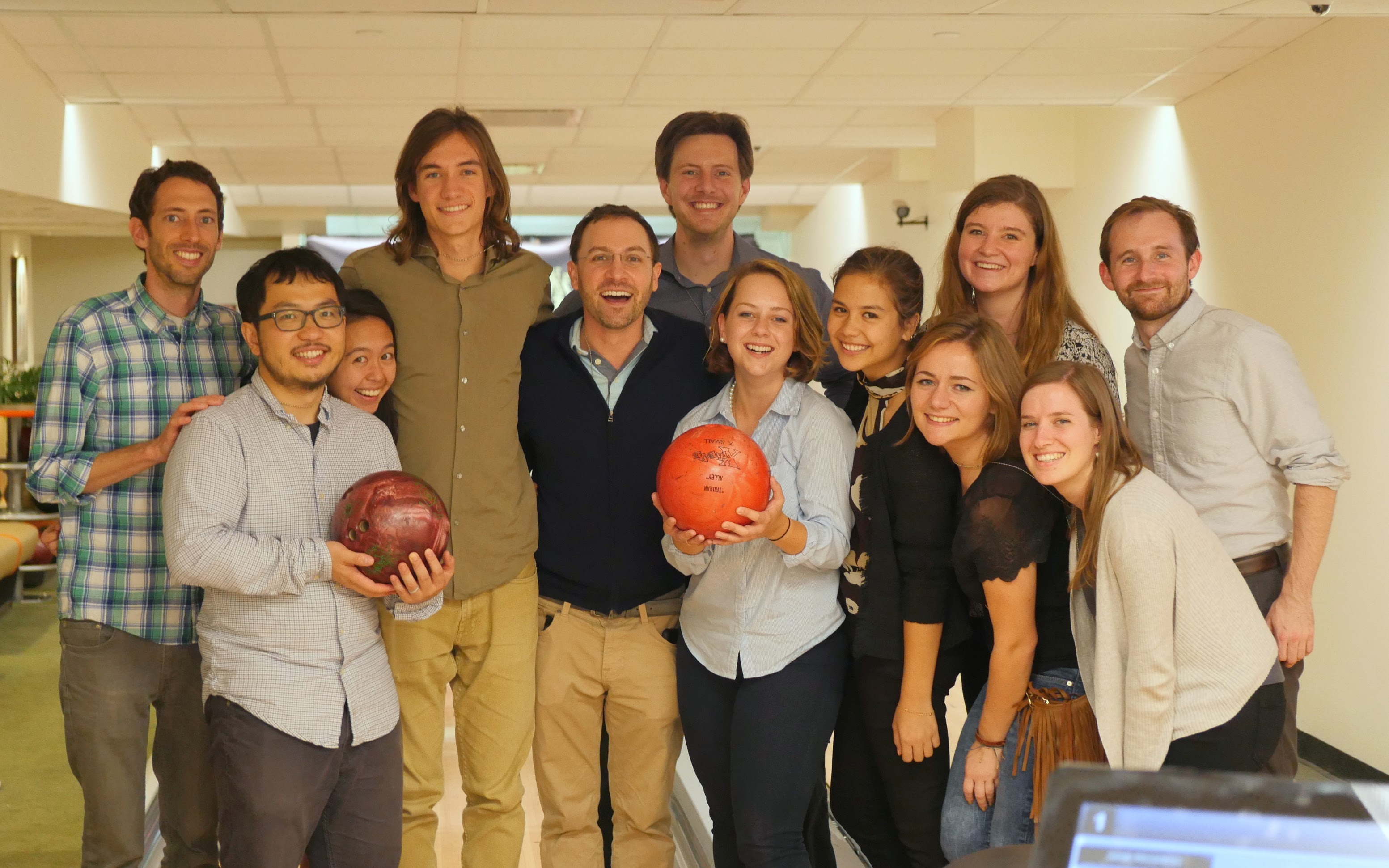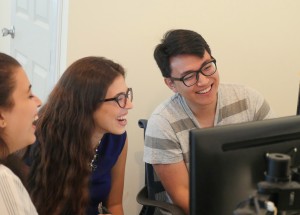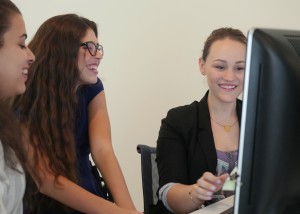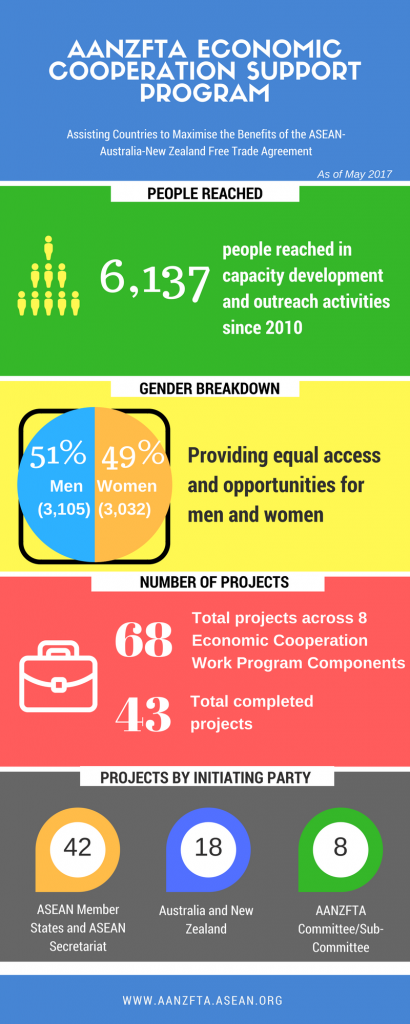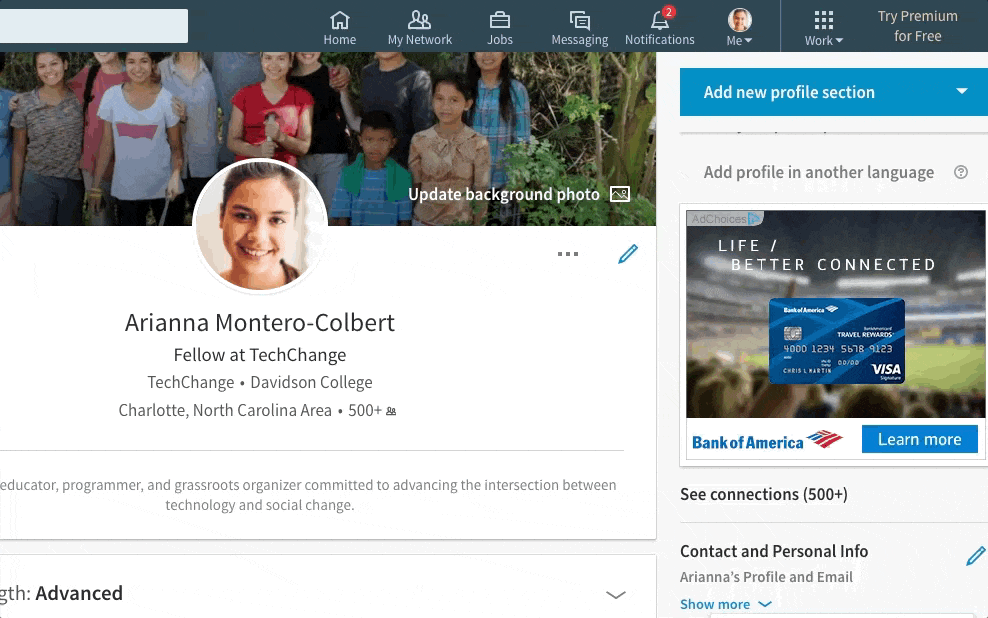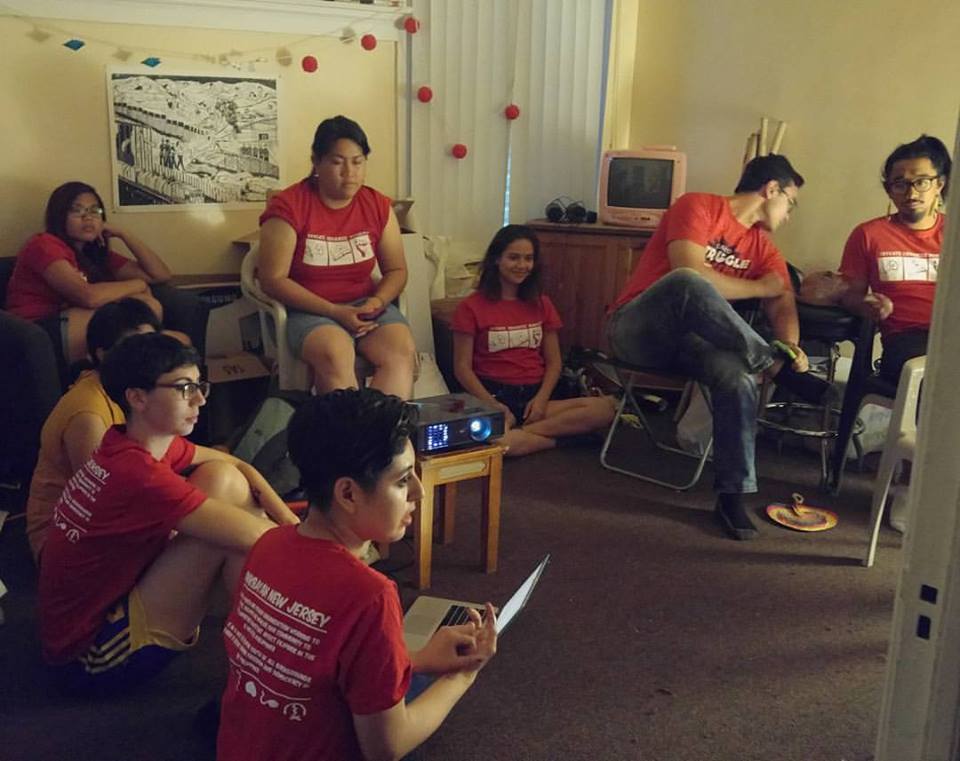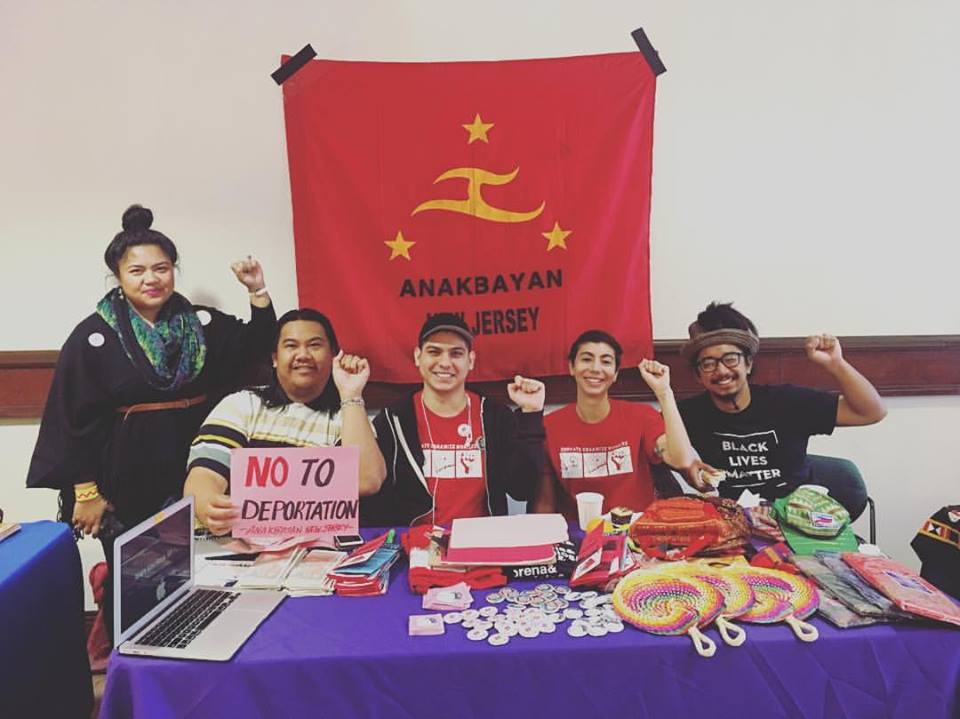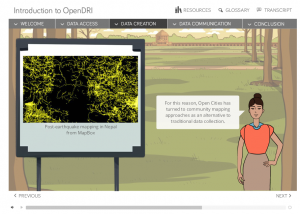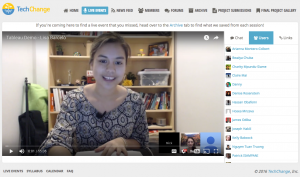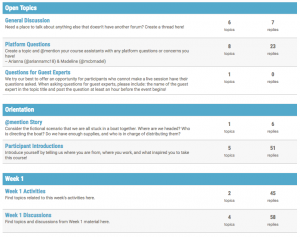Over the past two and a half years, Emily Fruchterman has been involved in nearly every aspect of TechChange’s online learning portfolio. Starting as an Instructional Design Fellow in the summer of 2014, Emily transitioned into a role split between Operations and Instructional Design, and then moved into the role of Director of Instructional Design in 2016.
Now, as she is departing for new opportunities in health policy, we wanted to sit down and learn more about her work and thoughts on TechChange.
Q: Could you share a bit about your background? What originally interested you about joining TechChange?
Absolutely! I was a bio major at the College of William and Mary in VA. Like many of my peers, I started off as a pre-med student. Through my extracurricular activities I came to realize the impact that education, training, and policy can have on health outcomes – these activities shifted my focus and led me toward online education.
When I first heard of TechChange, way back in 2014, I was so excited to find a team working on creative and innovative training solutions related to health and international development. It was clear that TechChange takes partnership seriously and works on a diverse range of projects.
Q: What are some of your favorite projects that you’ve worked on? Has there been anything particular that you’ve enjoyed or found interesting?
There are so many great ones! I’ve loved strategizing with all of our partners and co-developing training solutions in both self-paced and facilitated environments. One of my favorite parts of TechChange is the ability to dive head first into new subject matter, be it febrile illnesses, global warming, new tech tools, or mobile phones for public health.
If I have to choose, there are a few that stand out in particular. I’ve been working with API Wellness on their trainings since my first week at TechChange as a fellow and have come to greatly appreciate their partnership. I also greatly enjoyed working with the Global Facility for Disaster Reduction and Recovery to build a course on the Open Data for Resilience Initiative.
Q: How has your role changed since you first joined TechChange?
Oh boy, I’ve definitely worn my fair share of hats here. I started off as a fellow and helped out with aspects of course execution. I then moved into my role as Program & Operations Coordinator – I learned an immense amount about running a small business and continued to grow as an instructional designer. In my role now as Director of Instructional Design, I’ve greatly improved my project, client, and people management skills.
- Presenting at the United States Institute of Peace.
- Working on a digital learning project.
- Goofing off in the TechChange photobooth!
Q: Can you describe some of the travel experiences you’ve had with TechChange?
The travel is another huge perk of working with TechChange! I’ve been able to meet with subject matter experts and attend conferences around the world over the past few years.
The first trip TechChange sent me on was to Uganda to revise a course on diagnosing and treating febrile illnesses. The primary goal was to encourage private sector pharmacists to utilize rapid diagnostic tests before treating every fever as if it were malaria. The highlight of that trip was walking into a computer lab and seeing the first version of our course on every computer screen – I realized then the impact and reach our courses truly can have.
A few months later, TechChange sent me as our representative to a conference in Sri Lanka that focused on freedom of and from religion. I was there to give a presentation on mapping human rights violations and ended up learning so much about the experiences of religious minorities throughout South Asia. One tip – if you’re ever traveling from DC to Sri Lanka, give yourself more than 4 days in country. I’ve never been so tired in my life.
One of our partners, API Wellness Center, also included TechChange in their presentation at the 2016 US Conference on AIDS, where we spoke about the use of online trainings for health outreach.
Earlier this year, a few of my colleagues and I travelled to Mozambique to meet and film subject matter experts for a course on coastal adaptation to climate change. It was incredible to meet with the community members, government representatives, and scientists who are all collaborating to mitigate the impact of climate change.
The most recent trip was this past February to Thailand, where a few of my colleagues and I gave a 1.5 day workshop on data visualization for a health-focused audience. The conference was a blast!
Q: You’ve worked on a massive variety of projects across multiple styles and student needs — how do you keep pushing yourself to try new techniques and approaches?
Well, the first step in any project is scoping out the client’s needs and getting to know their target audience as best we can. We try to keep the end user in mind throughout the entire process – it really influences how we design the course interface and structure.
Every partner is a bit different, which makes it easier for us to try new things. We’re also able to learn over time about what resonates with a given audience and make tweaks to continually improve the learning experience.
Q: What’s the team like? What are your favorite parts about working at TechChange?
Oh man – this team is amazing. It’s cliche, but I truly feel that I can count on them for anything. We have a ton of fun, maintain a supportive environment, and are always striving to create better learning experiences for our partners. I don’t think I could find a group of more passionate and caring folks.
My favorite parts of working here are also related to the team, and how much our executive team cares about each one of us. I love our birthday celebrations, team lunches, and show and tell.
Q: Lastly, what’s something that not a lot of people know about you?
I absolutely cannot stand spicy food or cilantro. I feel especially limited by my inability to handle spicy food, but am glad that TechChange has accepted this weakness 🙂

